The 'well-woman' screening guidelines
As more patients turn to ob/gyns for wellness exams, physicians need to stay up-to-date on current recommendations.
©ibreakstock - stock.adobe.com
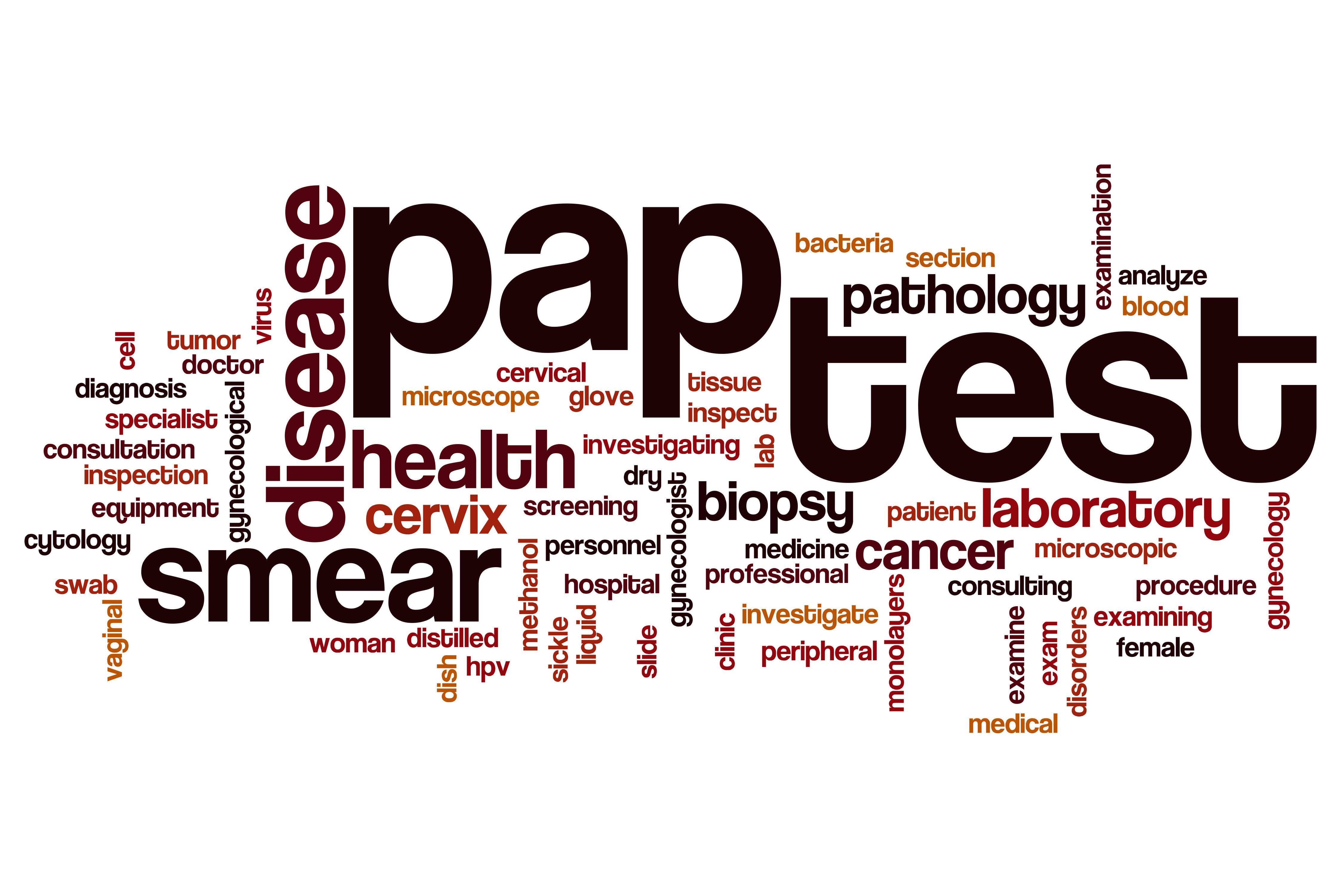
Pap smears & annual pelvic exam
- USPSTF and ASCCP recommend cytology screening every 3 years from ages 21 to 29
- From ages 30 to 64, screening can be cytologic every 3 years or cytology with high-risk HPV testing every 5 years (co-testing)
- Pap testing can be discontinued at age 65 for those who have had previous negative smears
- The same Pap smear screening guidelines should be followed in women who had the HPV vaccine
- Women under 21 may need testing for STIs but that does not include a Pap smear or HPV testing
For more on well-woman exams: Key points for today’s ‘well-woman’ exam: A guide for ob/gyns
©gamjai - stock.adobe.com
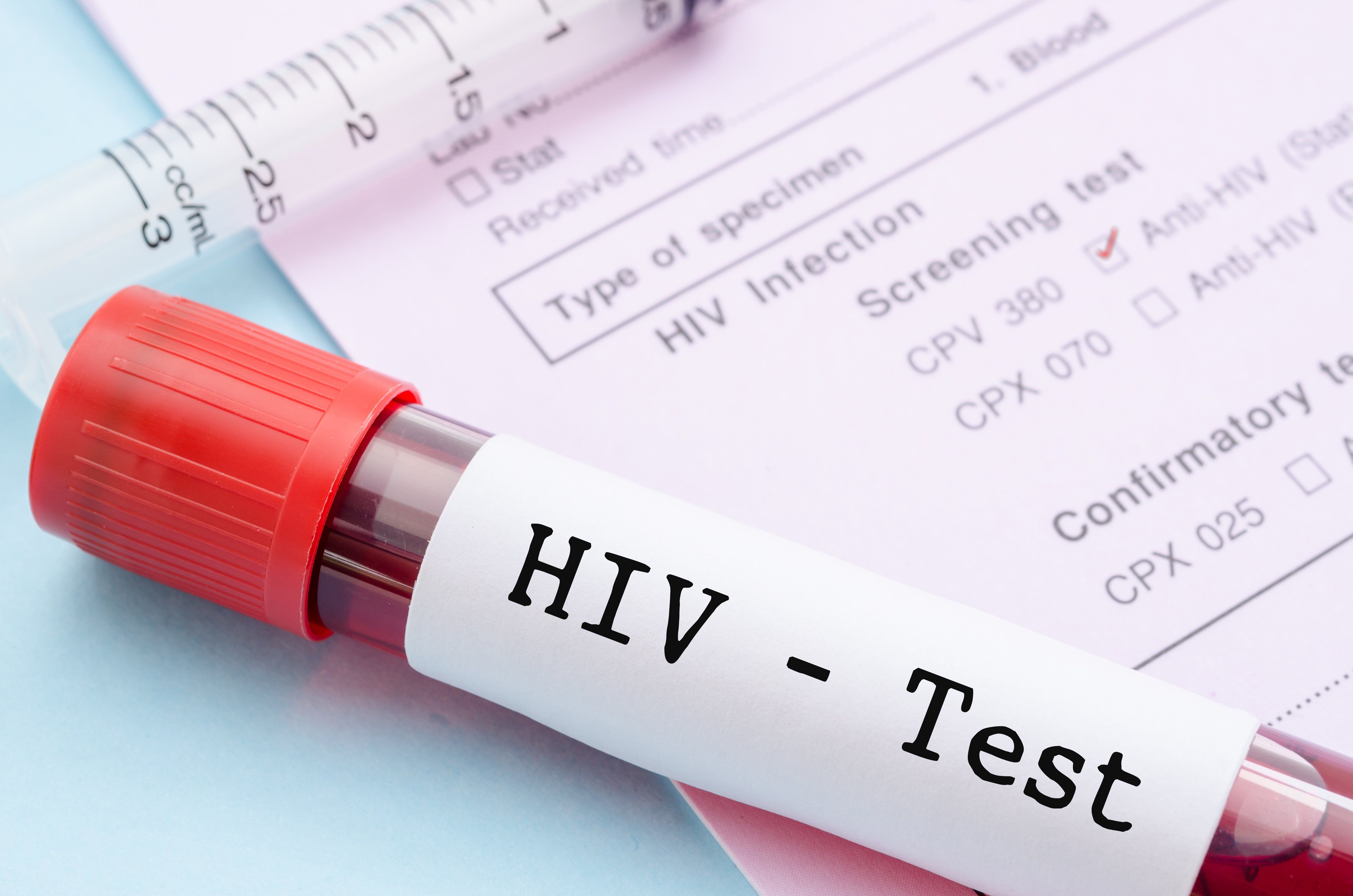
Testing for HIV
- CDC recommends HIV testing all patients aged 13 to 64
- Testing should be performed annually on high-risk patients
- High-risk populations include injection-drug users and their sex partners, individuals who exchange sex for money or drugs, sex partners of HIV-infected individuals, and heterosexuals if they or their sex partners have had ≥ 1 sex partner since their most recent HIV test
©ibreakstock - stock.adobe.com
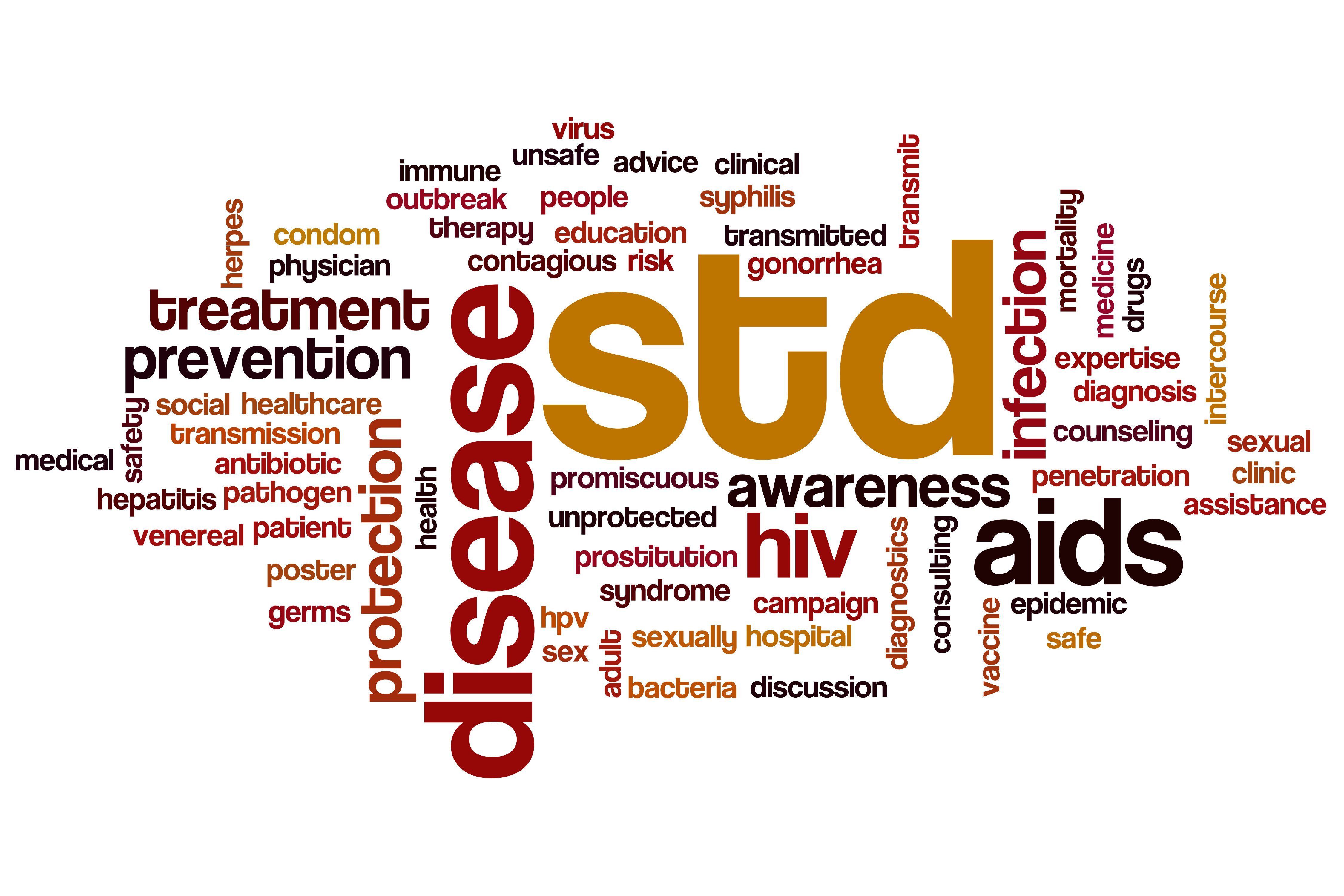
Testing for STIs
- Annual testing for chlamydia and gonorrhea is recommended in sexually active women < 25, and those older who have a new partner, multiple partners or a partner with a STD
- Type-specific HSV testing should be considered in patients who present for STI evaluation
- Hepatitis C testing should be done on women born between 1945 and 1965 and patients who are at high risk, including individuals on immunosuppressive therapy or hemodialysis or who are HIV-positive
NEXT: Colorectal cancer screening
©Kateryna_Kon - stock.adobe.com
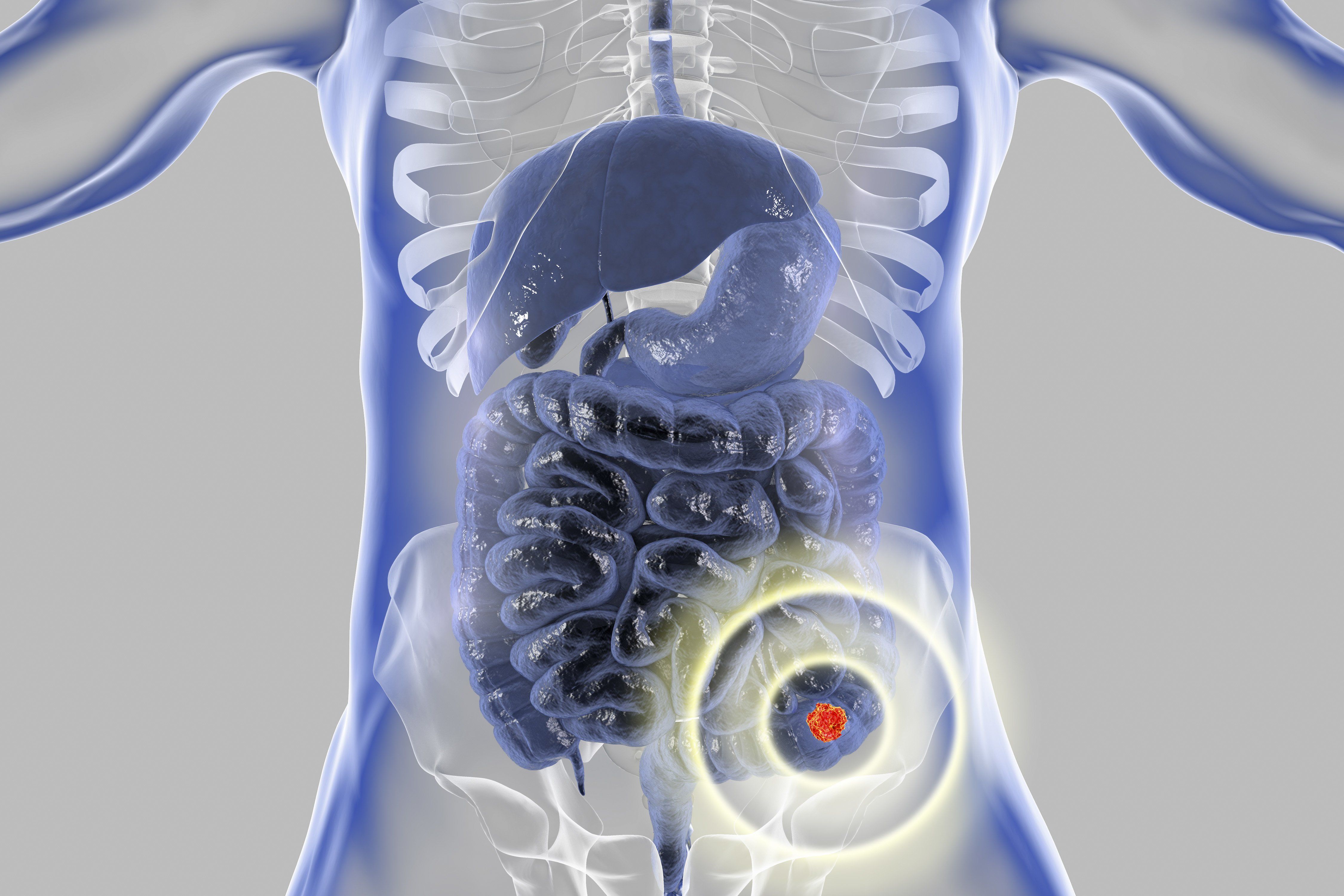
Colorectal cancer screening
- ACS recommends screening average-risk patients at age 45
- Options include colonoscopy every 10 years, computed tomographic colonography or sigmoidoscopy every 5 years, take-home high-sensitivity guaiac-based FOBT or FIT annually, and multitargeted stool-DNA testing every 3 years
- A positive result on a non-colonoscopy test should trigger colonoscopy
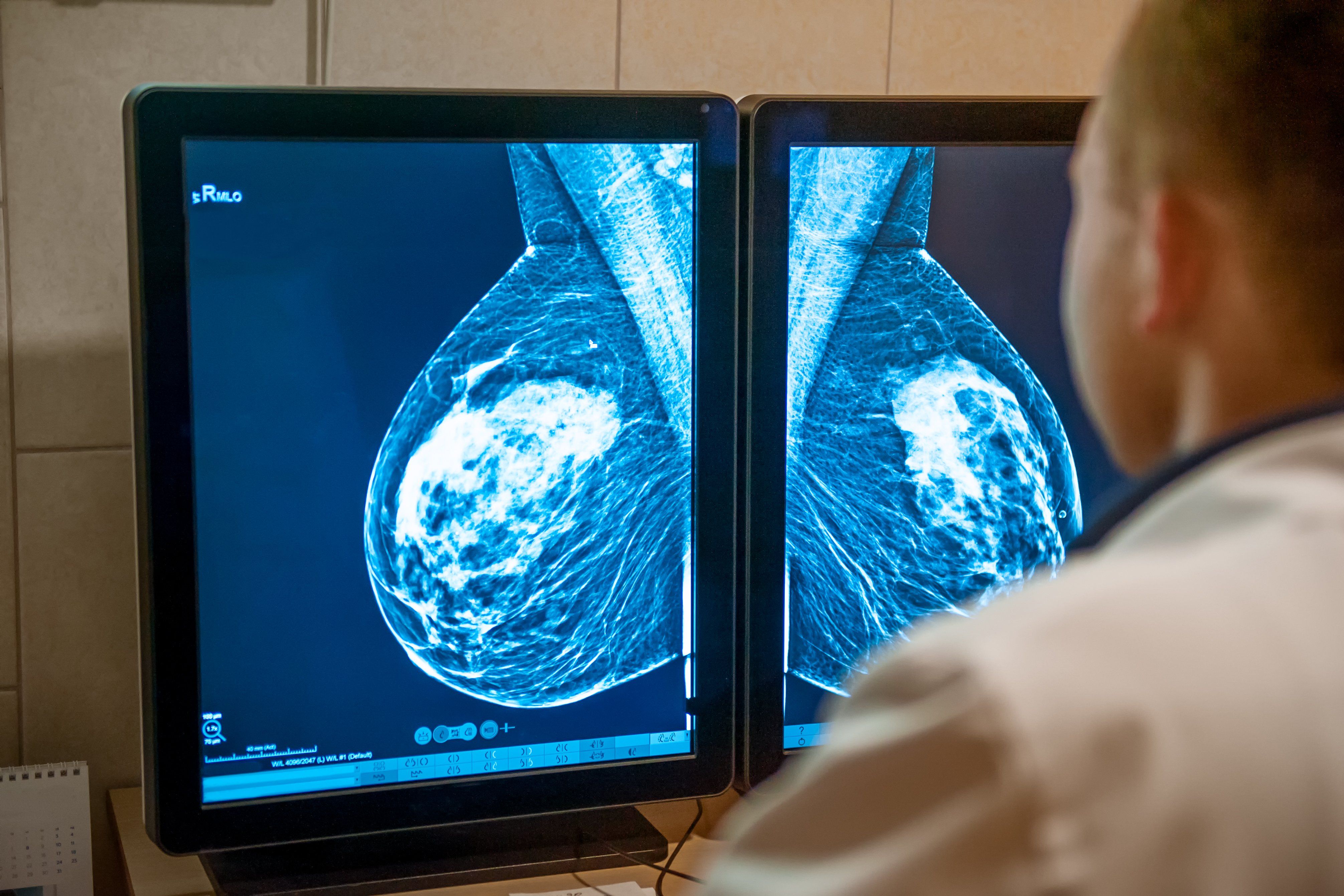
Breast cancer screening
- USPSTF recommends mammography every 2 years for women > 50
- USPSTF does not recommend biannual screening for women aged 40 to 49 but ACP does
- For high-risk women, ACS recommends annual screening with mammography and MRI beginning at age 30
- ACP recommends mammography every 2 years in patients with life expectancy ≥ 10 years
- After age 75, according to ACP, the decision to continue screening should be based on a patient’s health status
- ACP recommends limiting use of MRI to patients at high risk or to determine disease extent after diagnosis
NEXT: Hypertension, CVD, diabetes
©Adiano - stock.adobe_.com

Hypertension, CVD, diabetes
- The AHA-approved cut-off for diagnosis of hypertension is now 130/80 mg/Hg
- The risk calculator (cvriskcalculator.com) should be used instead of LDL levels to determine whether use of statins is warranted
- To determine need for statins in patients with a 10-year risk of 5% to 20%, coronary artery calcium scoring is recommended by the Society for Cardiovascular Computed Tomography
- Screening for diabetes should be done after pregnancy and in patients who have hypertension, hyperlipidemia or obesity (aged 40-70)
- For patients aged ≥ 45, a baseline fasting blood sugar and repeat screening at least every 3 years thereafter are recommended
- Annual screening is recommended for patients who are overweight or have risk factors for diabetes
©crevis - stock.adobe.com
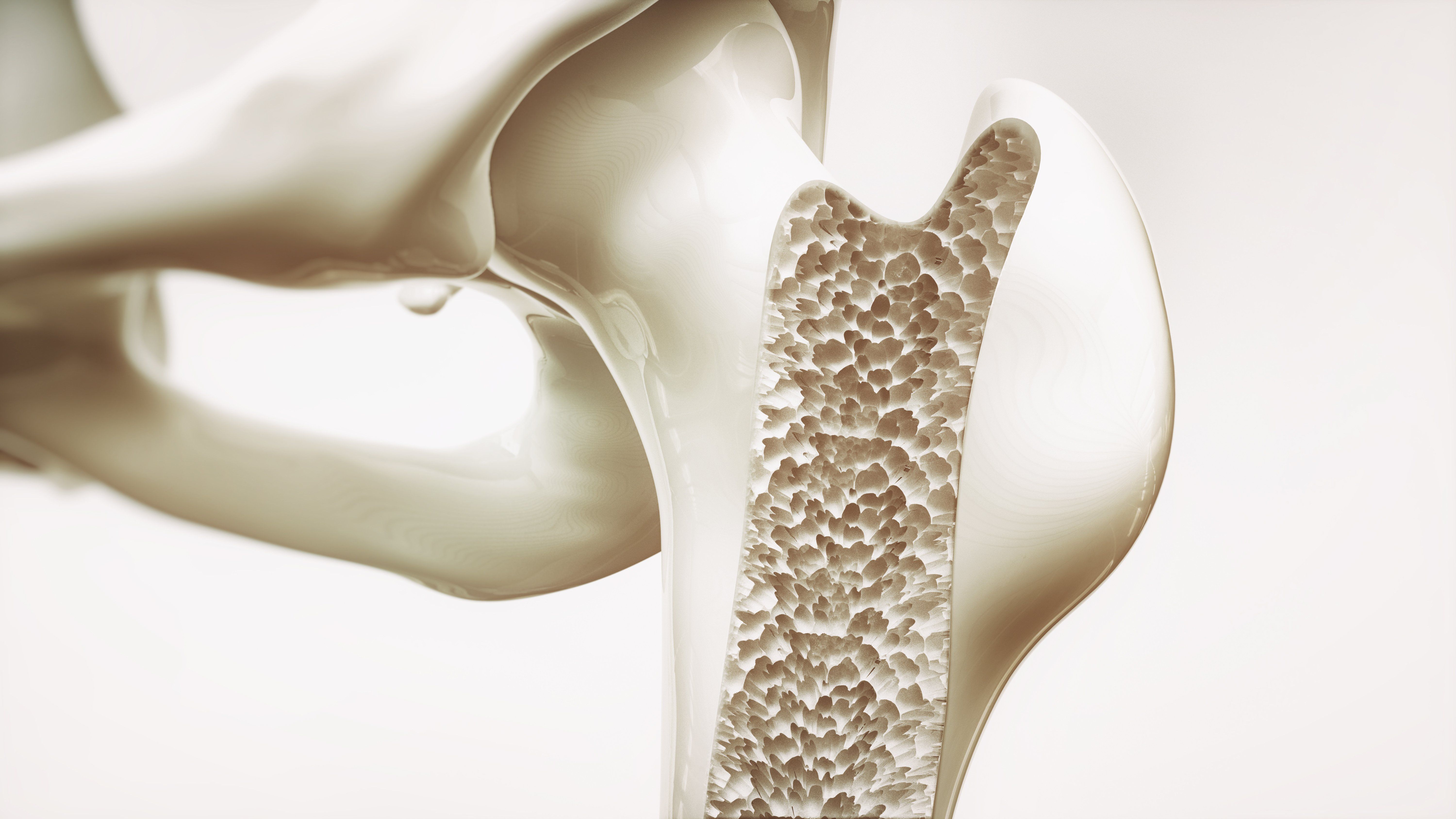
Osteoporosis screening
- BMD should be performed in women > 65 with no risk factors for osteoporosis
- Follow-up testing should be done every 2 to 5 years, depending on risk
- FRAX guidelines should be used to evaluate 10-year risk of fracture
Importance of reproductive health services for adolescents during the COVID-19 pandemic
October 30th 2024In a recent study, high rates of reproductive health service use were reported among adolescent mothers, indicating the benefits of this model for providing care when other options are unavailable.
Read More
Increasing ondansetron use reported against NVP in the United States
October 29th 2024Despite being recommended as a third-line therapy, rates of ondansetron use to treat nausea and vomiting in pregnancy have increased, making it the most common prescription antiemetic against this condition in the United States.
Read More
Study finds high rates of incidental MRI findings in endometriosis cases
October 29th 2024A recent study highlights the frequent occurrence of incidental findings on pelvic magnetic resonance imaging for endometriosis, emphasizing the need for radiologists to focus on those with higher clinical significance.
Read More
